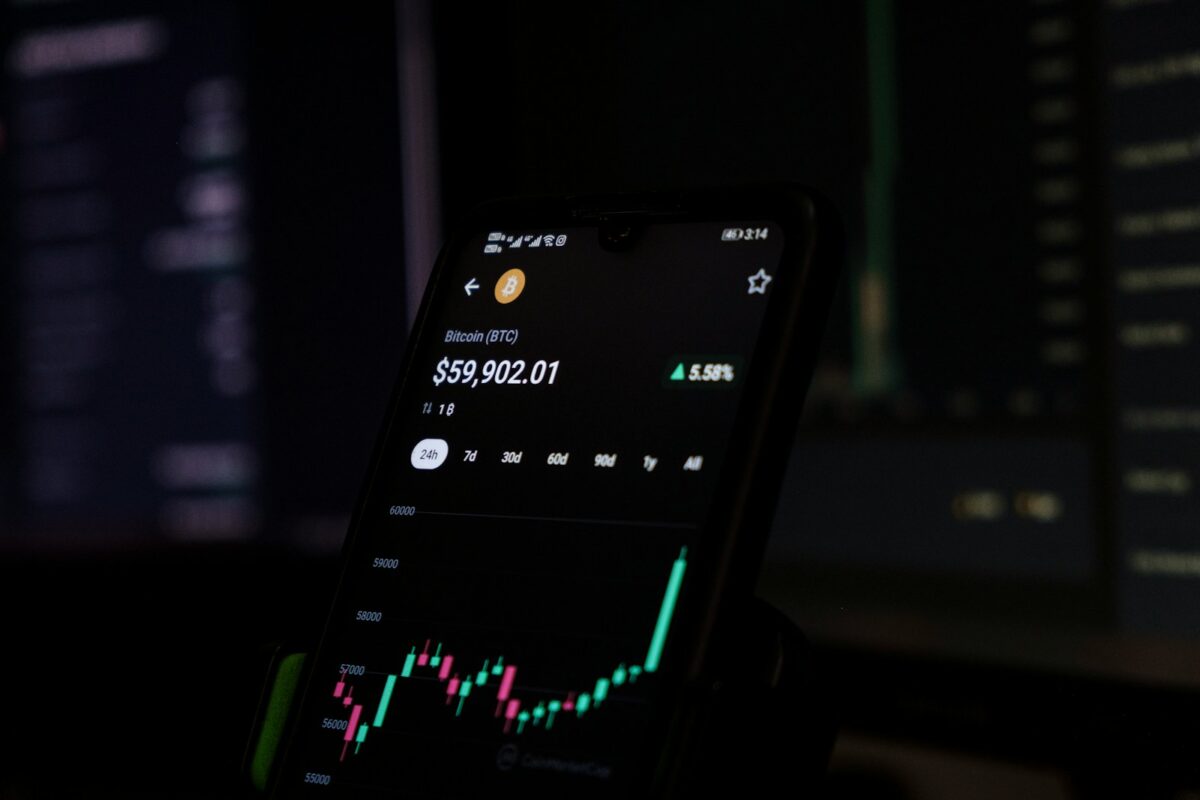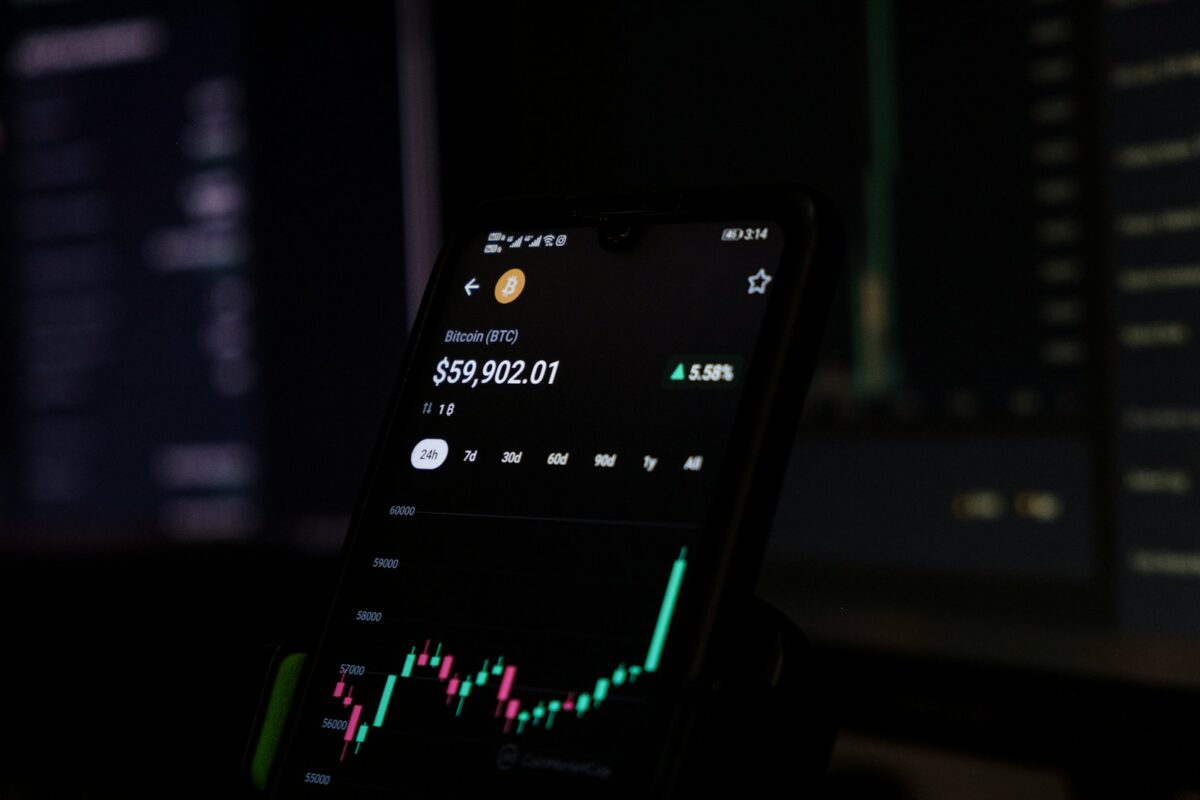Blockchain timestamp accuracy
Precise ordering of events within a decentralized ledger hinges on reliable synchronization mechanisms across the network. Each block carries a temporal marker that helps establish the sequence of transactions, but discrepancies in recorded time can disrupt the overall integrity of data ordering. The challenge lies in achieving consensus about the exact moment when a block […]










